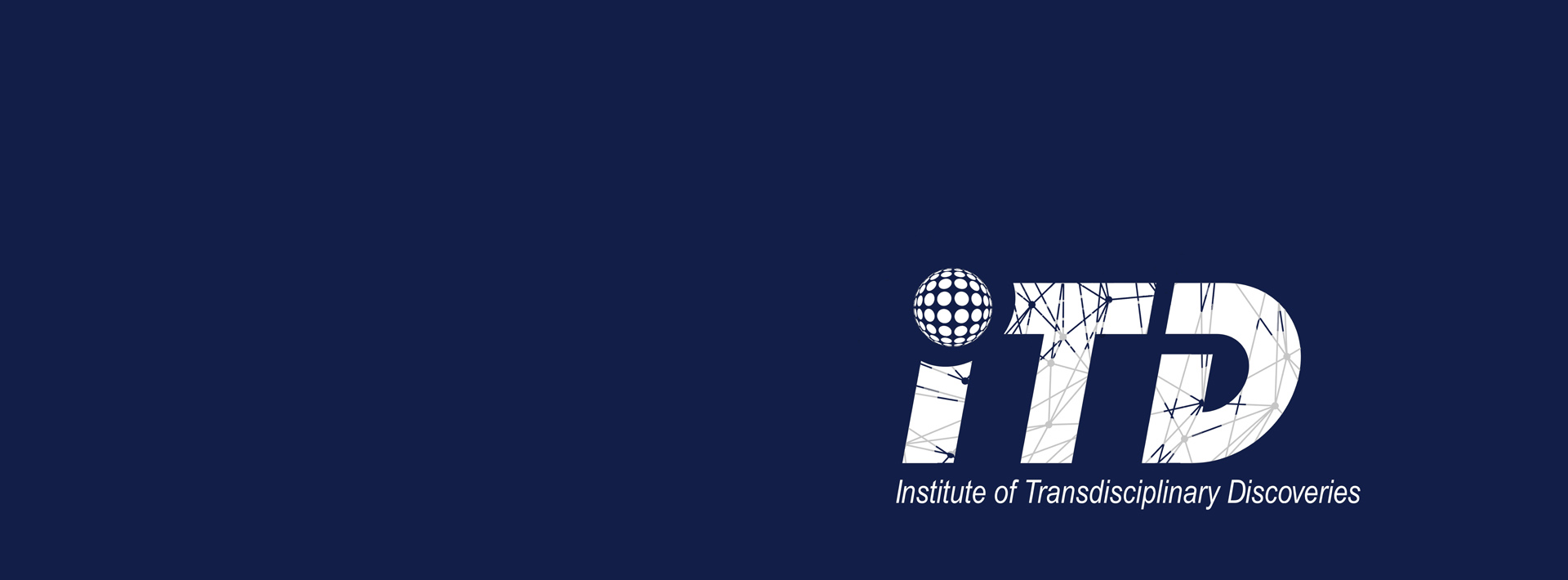Daten
Offizielle Daten in der Fachveröffentlichung für das folgende akademische Jahr: 2023-2024
Lehrbeauftragte/r
-
Dr. József László SZENTPÉTERI
honorary professor,
Institute of Transdisciplinary Discoveries - Director of Innovation, Institute of Physiology -
Semesterwochenstunden
Vorlesungen: 8
Praktika: 16
Seminare: 0
Insgesamt: 24
Fachangaben
- Kode des Kurses: OXF-KRF-h-T
- 2 kredit
- General Medicine
- Optional modul
- both semesters
keine
Zahl der Kursteilnehmer für den Kurs:
min. 5 – max. 15
Erreichbar als Campus-Kurs für 10 fő számára. Campus-karok: ÁOK BTK ETK KPVK GYTK KTK MK MIK TTK
Thematik
The aim of the course is to develop and polish manual skills through alternative ways, which causes not just pleasure but creates artwork. Besides manual skills, this course helped to develop patience, focus, precision, and tolerance of monotony, It is well-known that widely acknowledged doctors were also skilled in different fields of arts (graphics, music, painting, sculpting, etc.). Just as Prof. Dr. János Szentágothai, a celebrated and determinate figure of the Medical School at the University of Pécs. On top of it, one of the most famous artworks on a fowl egg in the Egg Museum of Zengővárkony was made by a dentist. It is proven that alternative activities can help to flourish the original profession through an indirect way. Within the frames of the course, students can polish their manual skills by absorbing several aspects of traditional Easter egg dying methods. Activities include engraving and carving with a professional engraver; Syringe and medical needle use; wax melting; precision wax applying to the uneven surface; precision painting; acidic etching. On top of it, created artworks can be exhibited in the University of Pécs. Course led by a highly experienced teacher, who also bears with "Traditional Folk Artist" title. Guest presenters and other certified folk artists will also take part in the education.
Vorlesungen
- 1. Tools for the preparation and ornamentation of lime shells of domesticated fowl (Gallus gallus domesticus) and their operation: Dremel 10,000 rot / sec drill and engraving, manual nail drill, wine burner, ironmongery, teacup lampion, beeswax, synthetic wax, medical syringe, medical needle. - Dr. Szentpéteri József László
- 2. Safe use of lime shell decoration and preparation tools (Dremel 10,000 rot / sec drill and engraving, manual nail drill, wine burner, iron tricycle, teacup lampion, beeswax, synthetic wax, medical syringe, medical needle, wax applying pen). - Dr. Szentpéteri József László
- 3. Waxing process, preparation, phases, and appropriate awaiting time. - Dr. Tékus Emese
- 4. Division of the lime shell, its characteristics by traditional regions. Possible ways to fill the space: puncture types, lining, spacing, lacing. - Dr. Tékus Emese
- 5. Synthetic dyes: preparation, dissolution, mixing of acetic acid dyes and chronological monitoring of dyeing. Extraction, preparation, dissolution, blending of natural dyes (Allium cepa, Urtica dioica, Sambucus nigra, Juglans regia, Agropyron repens) and chronological monitoring of dyeing. - Dr. Szentpéteri József László
- 6. Possibilities of making and ornamenting carved lime shells. Knowledge of engraving, scratching techniques and tools. Process of making pierced lime shells. Use of synthetic wax. Acetic acid, proper use of various acetic acid mixtures. Knowledge and application of protective equipment. - Dr. Szentpéteri József László
- 7. Overview of the landscape units: Gyimes, Háromszék, Árapatak, Hétfalu, Hunyad county, Nagy-Küküllő county, Muravidék, Váralja-Pécsvárad-Zengővárkony, Ormánság, Drávamellék, Somogy, Sárköz, Felső-Torontál county, Felvidék, Hont county. - Dr. Szentpéteri József László
- 8. Basic Motif Types: Animal and Human depictations; sun, moon, star representations; crop images; tool representations; religious symbols; heraldic representations. - Dr. Szentpéteri József László
Praktika
- 1. Cleaning, drying, preparation of eggshell.
- 2. Professional marking of lime shell drilling points, drilling of lime shell.
- 3. Single point drilling. Injecting the contents using a syringe and injection needle.
- 4. Two-point drilling. Indoor spraying with freehand technique. Possibilities of separation of the conmponents.
- 5. Washing, double washing, drying, storage of lime shells.
- 6. Covering drilling holes in dry shell with melted beeswax.
- 7. Practice applying different landscape patterns on paper.
- 8. Exercise division patterns: 2, 4, 5, 8 field divisions.
- 9. Applying Gyimes-region’s geometric patterns on lime shell.
- 10. Application tools, tool motifs on the egg shell.
- 11. Applying motifs of Váralja-Pécsvárad-Zengővárkony region on lime shell.
- 12. Practice staining procedures with analine dyes.
- 13. Extraction, preparation, dissolution, mixing of alum-based dyes (Allium cepa, Urtica dioica, Sambucus nigra, Juglans regia, Agropyron repens).
- 14. Dyeing with herba extracts dyes.
- 15. Practicing scratching and engraving techniques.
- 16. Practicing acetic acid breakthrough techniques.
Seminare
Materialien zum Aneignen des Lehrstoffes
Obligatorische Literatur
None
Vom Institut veröffentlichter Lehrstoff
Will be handled during the course
Skript
Will be handled during the course
Empfohlene Literatur
Ildikó Fekete (2019): Message Written in Wax
Voraussetzung zum Absolvieren des Semesters
Maximum of 15 % absence allowed
Semesteranforderungen
Successful completion of the course requires continuous work. All along from the second event, each participant will have to work on their own presentation in addition to the centrally released assignments. The evaluation takes into account the degree of individual development, ability of critical thinking during the semester and the overall attitude. Every participant must handle 10 peaces of decorated eggs for further exhibitions.
Möglichkeiten zur Nachholung der Fehlzeiten
5 additional handled pieces can substitute one missed class, but only once.
Prüfungsfragen
Course ends up with a mid-term grade, so there is no exam during the exam period.
Prüfer
Praktika, Seminarleiter/innen
- Dr. Szentpéteri József László
- Dr. Tékus Emese
